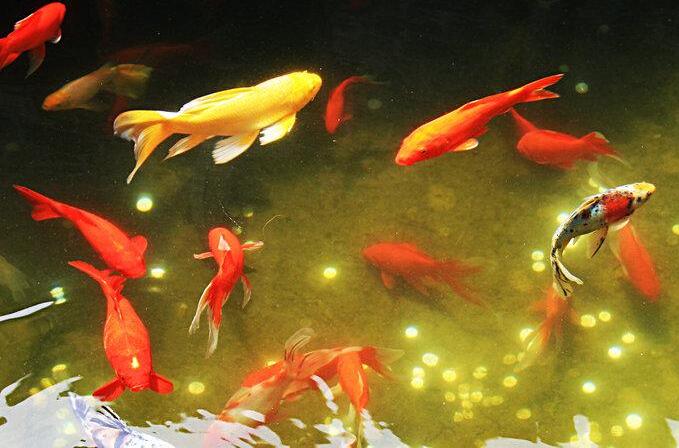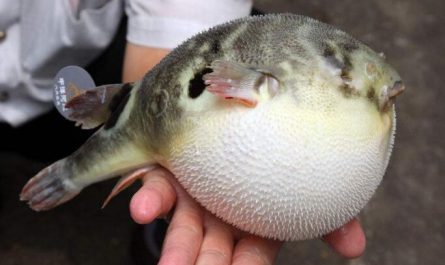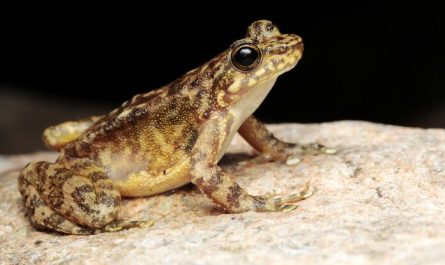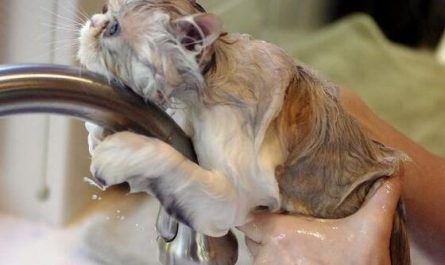The reason why fish can’t live without water
Animals cannot survive without oxygen. Animals on land exchange gas through their lungs to obtain enough oxygen to survive.
Fish is the most primitive vertebrate. Although it has nostrils for breathing like other animals, its nostrils are not connected to the mouth (except lungfish and total fins), and are just a simple olfactory organ. Its real respiratory organs are mainly gills, in addition to intestinal respiration, skin respiration, oral respiration, gill respiration, and bladder respiration.
Fish are divided into basic type (also called streamline type), flat type, stick type, and side flat type. Its appendages are fins, and the fins are composed of fins and fins.
The skin of fish is very thin, with abundant blood vessels, nerves, skin receptors and connective tissues. The deep dermis and scales contain pigment cells, luster cells and fat cells.
All fishes can be divided into three types of scales, hard scales and lateral line scales.
Fish bones have a well-developed central axis and appendages. Their main function is to protect the central nervous system, sensory organs and internal organs, and to support the entire body movement.
The striated muscles in fish muscles are divided into somite muscles and branchial muscles, and the entire trunk muscles are arranged in an arcuate shape.
Because the breathing organ of fish is gills, and the density of water is greater than that of air, only in water can the gills, gill filaments and gills of fish be fully opened. By expanding the contact area between gills and water, the chance of taking up dissolved oxygen in the water is increased. The fish rely on the alternate movement of the mouth and gills to continuously swallow and drain water. When the water flows through the gills, it completes the gas exchange in the capillaries of the gills.
The above characteristics of fish create innate conditions for its life in the water.
Once a fish leaves the water, its gill pieces, gill filaments and gill pieces will stick together sticky. It can only rely on the surface of the gills to contact the air to obtain oxygen in the air, and these trace amounts of oxygen It is far from enough to support the survival of the fish. At the same time, the fish’s “gill breathing method” absorbs the oxygen dissolved in the water. Once it leaves the water, the water on the surface of the gills is quickly evaporated. At this time, the fish loses the ability to take in oxygen. .
Not all fish can get out of the water, such as lungfish.
Lungfish, like its name, has a swim bladder with a structure similar to lungs. For most fish, the swim bladder is used to help the fish float up and down in the water and maintain body balance. For lungfish, its swim bladder has a magical function, because it can not only balance the body, but also use it as a lung, so its swim bladder is also called “primitive lung.” In other words, in addition to breathing with gills, lungfish can also breathe through “primitive lungs”, and it can survive for a long time after leaving the water.
Although fish are the most primitive vertebrates, they have evolved from lower invertebrates, Amphioxus, whose ancestors lived in water from the beginning.
The origin of fish is also very early. Real fish first appeared more than 300 million years ago, and humans had not yet appeared at that time.
The shape of the fish
Spindle
Also known as the basic type, it is the body shape of a general fish, suitable for swimming in water, the whole body is fusiform and slightly flat. Among the three body axes, the head-tail axis is the longest, the dorsal-ventral axis is the second, and the left-right axis is the shortest. This makes the whole body streamlined or slightly flattened to reduce resistance when moving forward in the water, so this fish is good at swimming. Often inhabit the middle and upper layers of the water. Can be used for long-distance migration. Examples: carp, crucian, shark.
Flat side
Among the three body axes of this kind of fish, the left and right axes are the shortest, and the ratio of the head and tail axis to the dorsal-ventral axis is not too different, forming a symmetrical flat shape on the left and right sides, making the entire body shape appear flat and wide. Therefore, swimming ability is better The spindle is poor and lives in the middle and lower layers of water. Long-distance migration is rarely done. Such as pomfret, butterfly fish, bream, mullet, swallow, etc.
Stick type
Also known as eel type.
The head and tail axis of this type of fish are very long, while the left and right axis and the abdominal axis are almost equal and very short, making the whole body shape like a stick. Its swimming ability is stronger than that of the side flat type and the flat flat type. It is suitable for living in cave dwelling in underwater mud and underwater sand and gravel.
Such as rice field eel, eel and a variety of sea eels.
Flat type
Among the three body axes of this type of fish, the left and right axes are particularly long, and the dorsal-ventral axis is very short, which makes the body shape flat up and down, slow to move, not as flexible as the first two types, and live in benthic life. For example, stingray, ray, stingray, and catfish.
In addition, some fish have special body shapes due to their adaptation to the special living environment and lifestyle, such as sea dragon, sunfish, puffer fish, flounder, box fish, etc. No matter what type of fish, it can be divided into three parts: head, trunk and tail. It is characterized by the absence of a neck. The head and trunk are connected and immobile. It is one of the differences between fish and terrestrial vertebrates. The dividing line between the head and the trunk is the rear edge of the operculum (bone fish) or the last pair of gills Split (chondral fish). The trunk and tail are generally demarcated by the posterior edge of the anus or the starting point of the anal fin. To be precise, they are bounded by the end of the body cavity or the foremost caudal vertebra.
The digestive system of fish
The digestive system of fish is composed of digestive tract and digestive glands. The digestive tract has gastrointestinal differentiation and obvious pancreas. Since fish live in water for their entire lives, their digestive organs and food habits are adapted to life in water. The mouth is located between the upper and lower jaws. There are no salivary glands in the mouth. There are real teeth in the oropharyngeal cavity of fish, which can actively ingest and prey, which is more advanced than the round mouth. The teeth on the jaws of the plagioclase fish are transformed from shield scales. The teeth of the teleost fish are divided into oral teeth and throat teeth due to the different implantation positions. Generally, the teeth of fish that feed on plankton are weak and arranged in a toothed belt; the teeth of carnivorous fish are large and are conical, canine, molar or incisor; the teeth of omnivorous fish are cut , Grinding shape, brush shape or notch shape, etc. Most fish have gill rakers on the inner edge of the gill arch, which protect the gills and pharynx to filter food.






